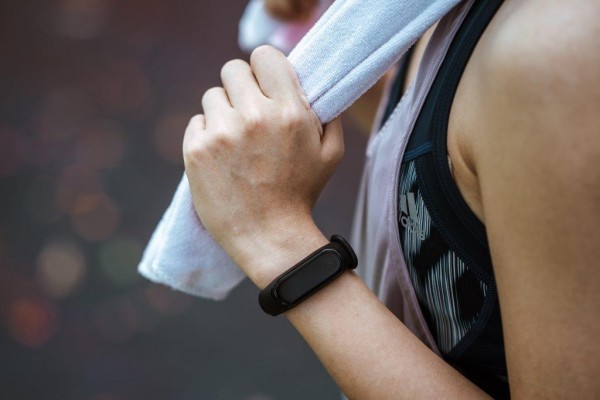New Microfluidic Device Can Monitor Health Conditions Through Human Sweat

Researchers at Penn State and Xiangtan University recently developed a microfluidic device that monitors health conditions through the use of human sweat.
According to research, the device, in the form of a patch, "is applied to the skin near sweat glands," and contains a small vial with numerous chambers that have a "hydrophobic valve" near the opening.
In addition, the channel contains a hydrophilic coating designed to make the collection of sweat easier. Different from the other devices that need two openings, this microfluidic device's single opening cuts the quantity of evaporation, resulting in more extended storage for a better assessment later.
According to Huanyu "Larry" Cheng, engineering science and mechanics assistant professor at Penn State, they want to be able to assess the "sweat from everyday exercise or the heat of the sun" because, in perspiration or sweat, there are many biomarkers such as glucose and pH, ideal gauge for illness diagnosis or progression.
ALSO READ: 50-Year-Old Chinese Man Claims "Walking Like a Monkey" Prevented Any Illnesses for 30 Years
The 'Colorimetric' Method
Penn State said on-the-spot assessment could be made through the use of a "colorimetric" approach in which a so-called "color-coded analyte" is indifferent chambers.
This delicate chemical reacts to the level of glucose of pH, in which, according to study, the naked eyes can read them or take a picture of it using a smartphone.
Through the use of a chrono-sampling, a process in which researchers can assess the sweat or perspiration at various time-points through the use of different chambers.
In a statement, Cheng explained, the "two-valve" device can be more complicated and would necessitate the use of "a clean-room approach," also known as "photolithography."
Meanwhile, Cheng continued, the simple one-valve of this microfluidic device can be developed minus the costly equipment using a micromachining process.
DON'T MISS THIS: 5 Benefits of Fennel Seeds
Also Designed for Athletes to Gauge their Best Performance
For sports players, this microfluidic device can be useful in monitoring overheating. It can also be used for the adjustment of exercise levels for optimum playing performance.
Essentially, researchers have also corroborated with a Penn State Hershey Medical School Researcher to work on the monitoring of disease.
Specifically, based on research, "this device can have a single chamber color-coded for PH, another one designed for glucose, and one more for sodium-all of which are markers for illness.
The Device Developed Early this Year
Seemingly, this is not the first time the idea similar to that of the microfluidic device is being introduced.
Early this year, specifically in January, US researchers developed a wearable gas sensor that's highly sensitive for both the environmental and human health.
Devised by a team of researchers at Northeastern University and Penn State, this wearable is described to enhance the existing "wearable sensors" as it uses a "self-heating" technology that augments sensitivity and allows for fast recovery and reuse of the monitoring gadget.
Cheng, and the others in his team of researchers, employed a laser to pattern an excessively high "porous single line of nanomaterial for sensors" detecting gas, biomolecules, and later on, chemicals.
In the aspect of the non-sensing portion of the said device, Cheng's team developed silver-coated serpentine lines. When they employed an electrical current to the silver, the gas-detecting region heated up internally because of the remarkably greater electrical resistance, eliminating the necessity to set the heater apart.
Lastly, the silver-coated serpentine lines allowed the gadget to expand, allowing it to become adjustable to the body's flexing for wearable sensors.
IN CASE YOU MISS THIS: Vitamin D as a COVID-19 Breakthrough and How It Can Alleviate the Impact on BAME People
Jun 27, 2020 10:00 AM EDT





